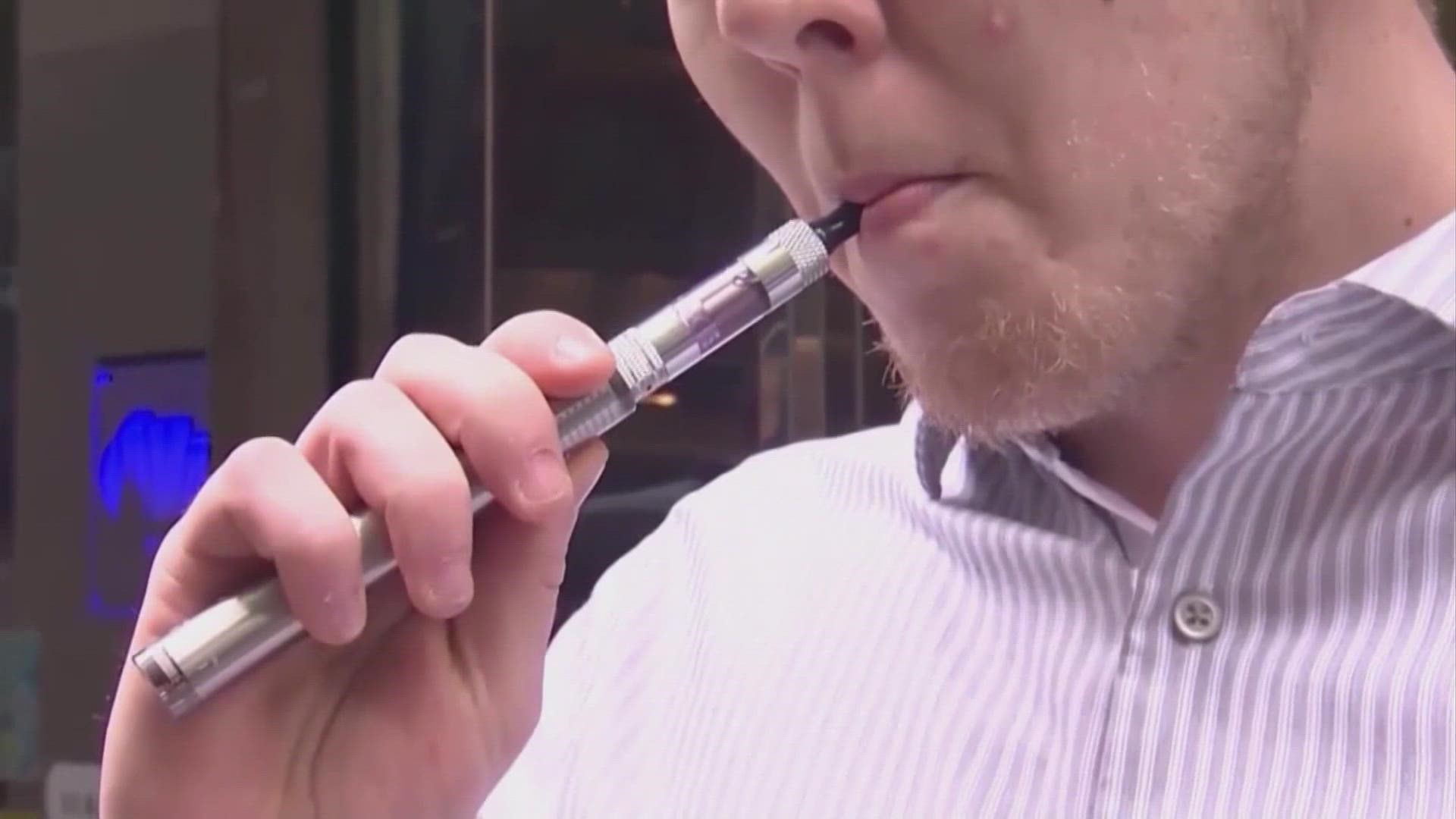COLUMBUS, Ohio — Women could potentially have better protection from vaping than men, according to a new Ohio State University study.
Funded as part of a $5.5 million grant awarded by the American Heart Association, the study looked at mice between the human equivalent of ages 12 to 30 in an effort to determine the impacts of vaping on young adults.
Researchers exposed both male and female mice to an e-cigarette aerosol mixture and found that, while heart function in male mice decreased over time, female mice remained unaffected.
Loren Wold, the study’s senior author and associate dean for research operations at the Ohio State College of Medicine, believes this could be because the females produced a higher amount of an enzyme that breaks down nicotine. According to the study, humans carry a similar level of that enzyme.
“The results were surprising. We were shocked at the amount of protection afforded to females,” Wold said. “The theory is that since the enzyme breaks down nicotine so much faster, the nicotine isn’t in the circulation as long and that may be why females exhibit protection from vaping.”
Researchers are now working to determine whether the enzyme can help provide a higher level of protection to human women, according to a release from the Ohio State Wexner Medical Center. Meanwhile, researchers are conducting a similar study to determine the best ways to reduce youth addiction to e-cigarettes.
You can read the full study here.

